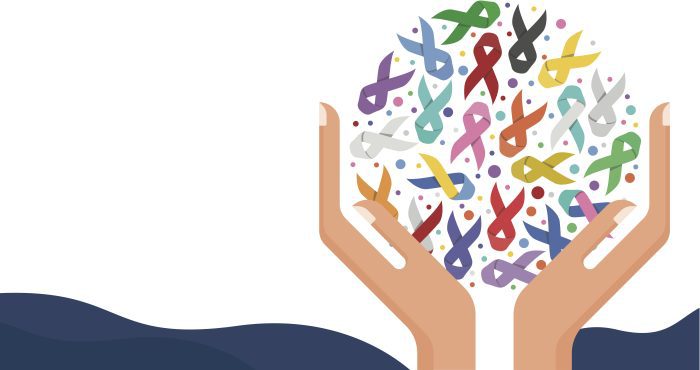Between You and Me: Cancer — then and now
By Leah S. Dunaief

Publisher
Cancer. Half a century ago, it was a word only whispered, so dreaded was the disease. It was considered a death sentence. People who had it were often shunned, as if it were contagious. And hospital treatments were demonic. As one cancer specialist at Dana-Farber Cancer Institute in Boston put it, “We were kind of just pushing poisons and hoping for the best.”
But cancer deaths have plummeted in the last 30 years, as scientists and physicians have greatly improved their understanding of the pathology, and treatments now target some cancer-causing genes. Likened to diabetes, cancer might be thought of as a manageable chronic disease.
What exactly is cancer?
An excellent article in this Tuesday’s issue of The New York Times science section tackled that question. “Every day, billions of cells in our body divide or die off. Once in a while, though, something goes awry, and cells that should stop growing or die simply don’t. Left unchecked, those cells can turn into cancer,” writes Nina Agrawal.
Why that happens and how to treat the problem still puzzles scientists and doctors, but there has been great progress in understanding the disease in its various forms. While they used to think that mutations of genes caused all cancer, that has turned out to be only part of the story. Some mutations lay dormant an entire lifetime and never lead to cancer.
Separate from DNA code mutations, there are epigenetic changes, changes due to our environment in the way genes are expressed, that play a huge role. These may be caused by aging, dietary and environmental exposures, and chronic inflammation.
Some chemicals have long been known to cause cancer, like asbestos and those in cigarette smoke. Air pollution is now thought to increase risk, especially for lung and breast cancers, triggering inflammation. So does eating an unhealthy diet, which “can upset the balance of our microbiome, allowing certain bacteria to grow unchecked. Scientists think this may cause chronic inflammation, which can lead to colon or pancreatic cancers,” Dr. Davendra Sohal, a gastrointestinal oncologist, told The New York Times.
Interestingly, malignant tumors are made up of cancer cells, as well as normal cells “that have been recruited to support their growth,” according to The NYT. “Many of these normal cells are the same type of immune cells that will flood the site of an injury or infection to help heal that wound—by helping new cells multiply, generating blood vessels, stimulating new connective tissue and avoiding attacks from other parts of the immune system. These are capabilities that cancer cells can co-opt indefinitely to support their own growth.”
Epidemiologists estimate that 40 percent of cancers and cancer deaths can be caused by controllable risk factors. These include cigarette smoking, sun exposure, alcohol use and excess body weight. Some infections, for example, caused by hepatitis B and C viruses, human papillomavirus and H. pylori bacteria, can also cause certain cancers, according to the article.
Understanding better how the immune system works has opened up a new treatment field called immunotherapy, using T-cells, immune system fighters produced or processed by the thymus gland that kill cancer cells in lungs and skin, among others. Engineered by doctors, T-cells, forming CAR T-cell therapy, have been most effective against blood cancers, the reporter said.
Can cancer be cured?
While physicians are reluctant to use that term, newer treatments like stem cell transplants and CAR T therapy make for optimism, especially after a number of years elapse when a patient is in remission.
Research further to develop prevention and treatments must continue.







